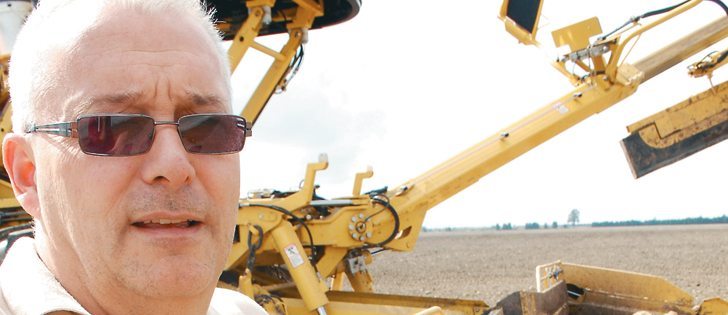Although bison are a herd animal, the groups they form are different than elephant herds and wolf packs, said Daniel Fortin, associate professor in the department of biology at Laval University in Quebec.
Elephants and wolves form static family groups with the same members for many years, while bison groups are more dynamic, Fortin explained.
“It’s not a group that will stay the same throughout the year… these groups are constantly changing,” said Fortin, who studies free-range bison in Prince Albert National Park.
Read Also

Research looks to control flea beetles with RNAi
A Vancouver agri-tech company wants to give canola growers another weapon in the never-ending battle against flea beetles.
He and his colleagues have learned that bison tend to form smaller groups in the winter, based on gender.
“(You will) have groups comprised only of males, say two years old and older,” said Fortin, who has published papers in the journal Ecology, documenting bison behaviour.
But in the summer, the bison form larger and more diverse groups, as the males return to the main herd and spend more time with the females.
As animals move between groups, Fortin has observed a reluctance to welcome outsiders. But that doesn’t mean the non-family member is entirely rejected.
“Sometimes you have an individual… that tries to join a group and the other group members will stand up and look at the other one, then they will roll on their side and be quite upset. But then it passes and they join each other.”
The behaviour of free-range bison is likely different from bison kept for livestock, Fortin said.
But, in both cases, he noted that family groups and bonding between individuals would likely reduce stress.
“Knowing who you’re around and knowing them for a while (is beneficial).”

















